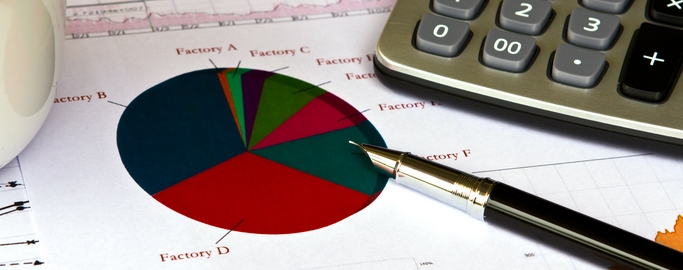McKinsey Case Interview

Shortlisted McKinsey applicants undergo two types of interviews: experience and case interviews. In the former, your work history, education, and skills are assessed, and in the latter you will be given a business case to resolve within a limited period of time.
What the Interview is Used For
The McKinsey case interview is a tool to measure your capability to analyze a problem, break down complex components, and generate sound recommendations for a client. Most of the problems presented are actual cases that have been handled by professional consultants. The interviewers don’t expect you to provide accurate answers; they evaluate your thought processes and ability to communicate ideas in a stressful situation—attributes that are essential in the everyday life of a McKinsey consultant.
Practice
McKinsey has provided a few cases on their website for applicants to review. To ace the McKinsey case interview, take note of the following:
| Think aloud. | Interviewers are interested in knowing how you derive your conclusion and recommendations. Don’t keep things to yourself; explain your reasons for accepting or rejecting an option. |
| Ask questions. | If you need additional information, don’t hesitate to ask the interviewer. Some won’t give additional details unless asked. It’s their way of checking your research skills. |
| Be efficient. | A case interview only lasts for 30 minutes, so be sure to process all elements of the case during that period. If you practice before the interview, you will learn techniques that will expedite the process. |
| Improve your mental math. | You will most likely need to make calculations during the interview. If you are able to mentally compute, you will save time and impress the interviewer. |
Case Frameworks
In order to structure your ideas logically for the McKinsey case interview, you should master various consulting frameworks which consist of detailed steps to guide you in approaching the problem. Three of the firm’s classic frameworks include:
| 7S Framework | Developed by Robert H. Waterman, Jr. and Tom Peters, 7S is used to evaluate and keep track of the changes in an organization’s internal operations. 7S refers to the interrelated factors that affect those changes. |
| Industry Cost Curve | This graph may be used in analyzing the dynamics of pricing and competition. It was formulated by Rob Latoff, a McKinsey director. |
| The Business System | Kevin Coyne describes his concept as a framework that can formulate a business strategy. |
When you practice resolving cases, apply various frameworks. The more frameworks you master, the easier it will be to identify the appropriate structure to use for a specific problem. However, during the actual interview, make sure you listen carefully to the presented business dilemma and don’t immediately relate the problem to a framework you have practiced; otherwise you will overlook essential details.
